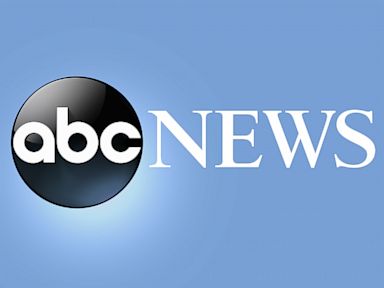ARTICLE AD BOX

Ripple Labs is making a regulatory push that could reshape its stablecoin strategy. Ripple officially confirmed it had applied for a U.S. trust charter from the New York Department of Financial Services (NYDFS), a move that positions the firm to operate as a limited-purpose trust company.
The application aligns with Ripple’s larger ambition to enter the stablecoin market through a fully compliant and transparent framework.
If approved, the license would enable Ripple to offer custody and issuance services under state oversight, addressing regulatory concerns that have long plagued other stablecoin issuers, such as Tether and Circle.
NYDFS is one of the most rigorous regulators in the U.S. financial ecosystem. Its approval process includes audits, risk management protocols, and capital requirements.
According to Ripple’s head of legal, Stuart Alderoty, the trust license would “strengthen Ripple’s credibility among institutional clients and regulators alike.”
This comes as Ripple is winding down its years-long legal battle with the U.S. Securities and Exchange Commission.
On June 29, Ripple CEO Brad Garlinghouse confirmed that the company had dropped its cross-appeal in the ongoing legal battle with the SEC.
This decision signals a move towards resolution in the case, with the expectation that the SEC will also drop its appeal. Market analysts view this legal clarity as essential to Ripple’s expansion into new financial services.
The global stablecoin market has indeed seen substantial growth in 2025, reaching a total supply of $175 billion by June. This expansion is further highlighted by a reported $16.97 billion increase in stablecoin value throughout the year, according to blockchain analytics firm Glassnode.
Circle’s USDC and Tether’s USDT currently dominate with a combined market share of over 85%. Ripple’s proposed stablecoin would enter a competitive field, but its regulatory-first approach may help it stand out.
Blockchain analytics platform Chainalysis reports that U.S.-based users accounted for nearly 43% of all stablecoin transaction volume in Q2 2025.
That makes the U.S. market critical for any issuer seeking wide adoption. A NYDFS trust license would give Ripple the legal green light to operate in this space with greater legitimacy.
Ripple has already established the technical infrastructure required to support stablecoin issuance. Its XRP Ledger (XRPL) supports native stablecoin functionality and high-throughput transactions.
The company has also partnered with banks and payment processors across more than 40 countries, positioning it to distribute its stablecoin through existing channels.
Moreover, analysts at Bernstein Research noted in a June 28 report that Ripple’s network architecture is well-suited for programmable finance applications, including cross-border payments, payroll, and asset tokenization.
Approval from NYDFS could take several months, with most applications taking anywhere from six to twelve months to process.
In the context of increasing regulatory scrutiny, Ripple’s move reflects a shift toward institutional-grade infrastructure in the crypto space.
Rather than sidestepping regulations, Ripple appears to be embracing them to support a long-term vision for its stablecoin.
.png)
 6 hours ago
2
6 hours ago
2








 English (US)
English (US)